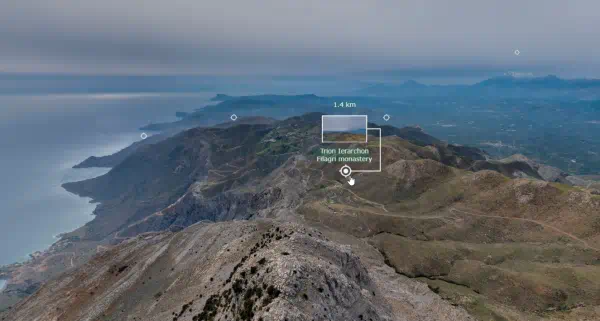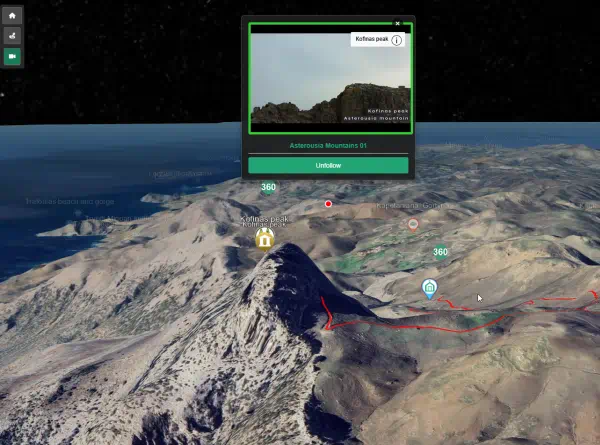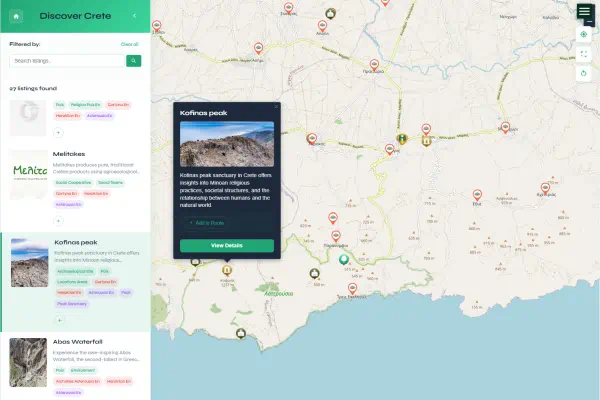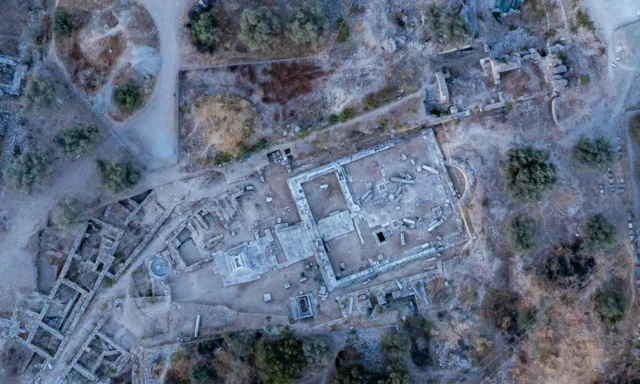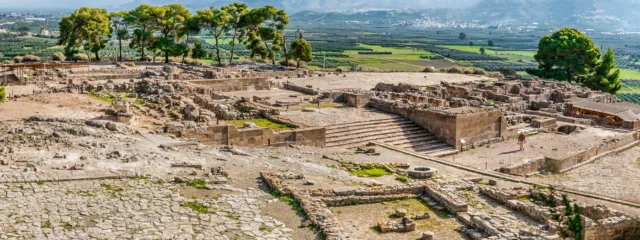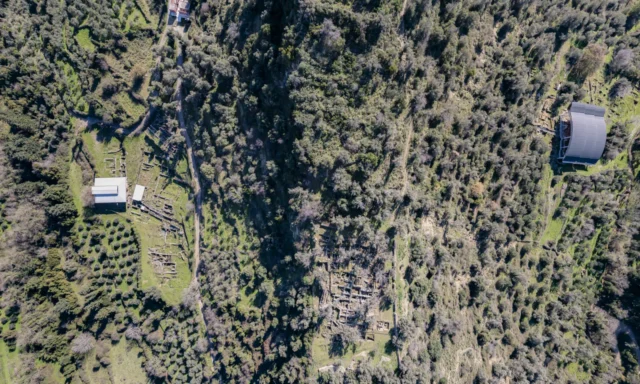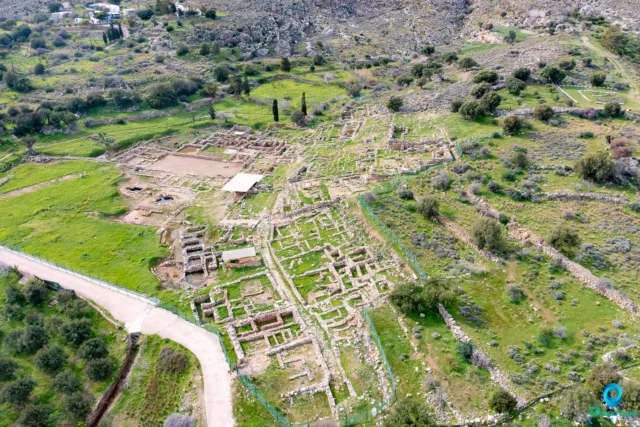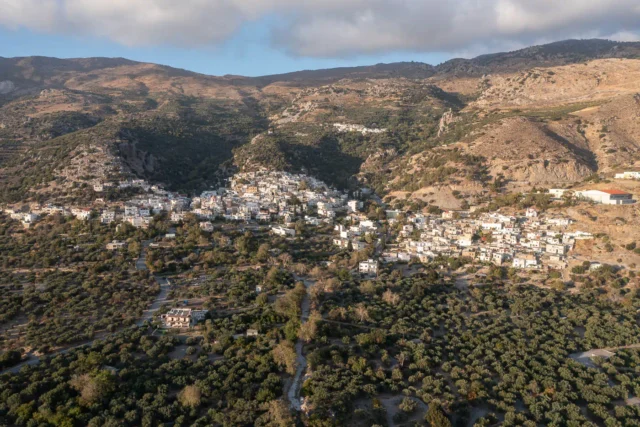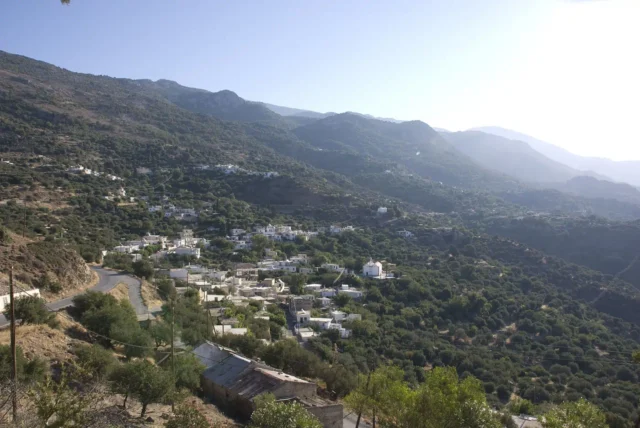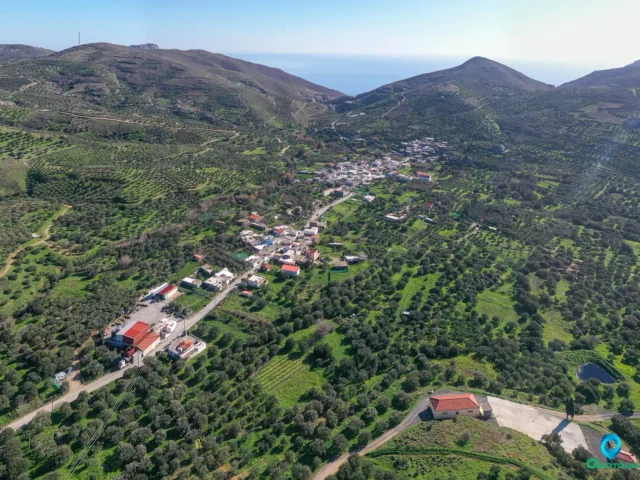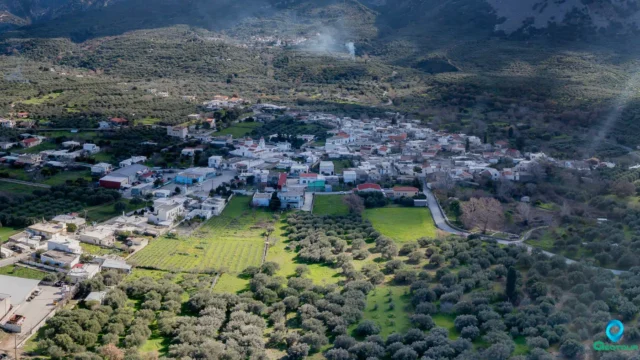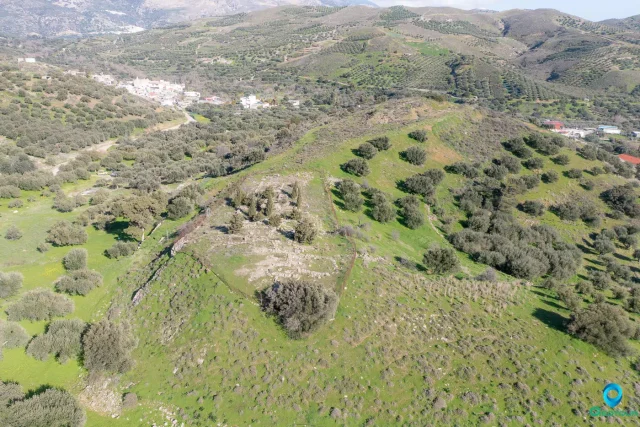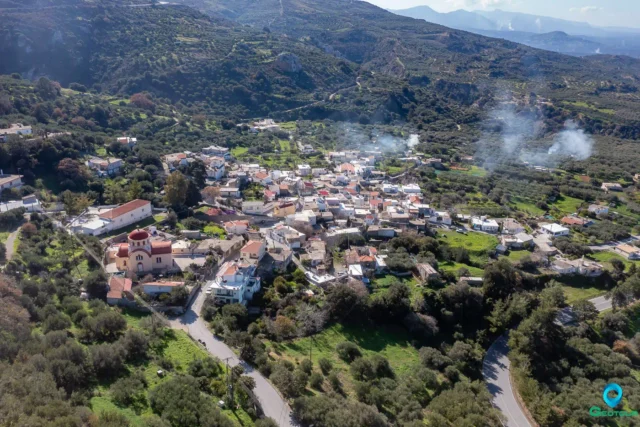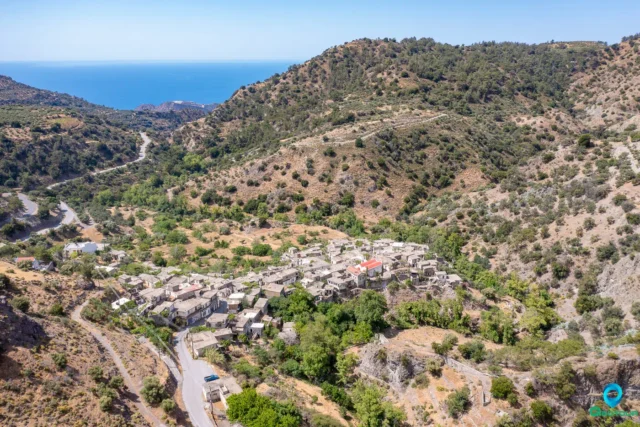The Koules of Riza was an Ottoman-era fortification located east of Ano Viannos in Crete. It was part of a network of defensive towers built to control strategic passages and suppress local uprisings during the 19th century.
Location and Strategic Function
The Koules was positioned at the opening of the Viannos-Pefkos-Kalamio pass. This location was critical for controlling movement towards the Lasithi Plateau, an area that was difficult for Ottoman forces to access and a center for revolutionary activity.
The fortification was part of a larger defensive strategy in eastern Crete. The Ottomans established a series of such towers to monitor communications and movement, effectively isolating rebellious regions like Sitia from the rest of the island. The Koules of Riza, along with a similarly designed tower in Malesso, secured key inland routes. This system allowed garrisons to communicate, often using fire signals, to alert the central command in Ierapetra of any insurgent activity.
Architectural Layout
The structure had a clear north-to-south orientation. The design consisted of a main rectangular building and two defensive towers.
- Main Body: The primary structure was a rectangular building measuring approximately 14 by 7 meters.
- Bastions: The southern wall was reinforced with two square towers, or bastions, each measuring 3 by 4 meters, which served as the primary defensive posts.
The ruins of this fortification are still present at the site.
Historical Association
The site of the Koules of Riza holds a somber significance from a later historical period. It is the location where occupying German forces carried out mass executions of local residents in September 1943 during World War II.
Fortifications: Key Points
- Construction Period: While not precisely dated, it was constructed during the Ottoman occupation of Crete, likely in the second half of the 19th century, as part of a systematic effort to fortify the island after major Cretan revolts.
- Location: East of Ano Viannos, Crete, at a strategic point controlling the pass to the Lasithi Plateau.
- Dimensions: The main building was approximately 14 x 7 meters, with two bastions on the south wall, each measuring 3 x 4 meters.
- Historical Significance: It was an important part of the Ottoman military infrastructure for controlling inland Crete. The location is also the site of the 1943 Viannos massacres by German troops.
- Current Status: The structure is in ruins, but its remains are still visible.

